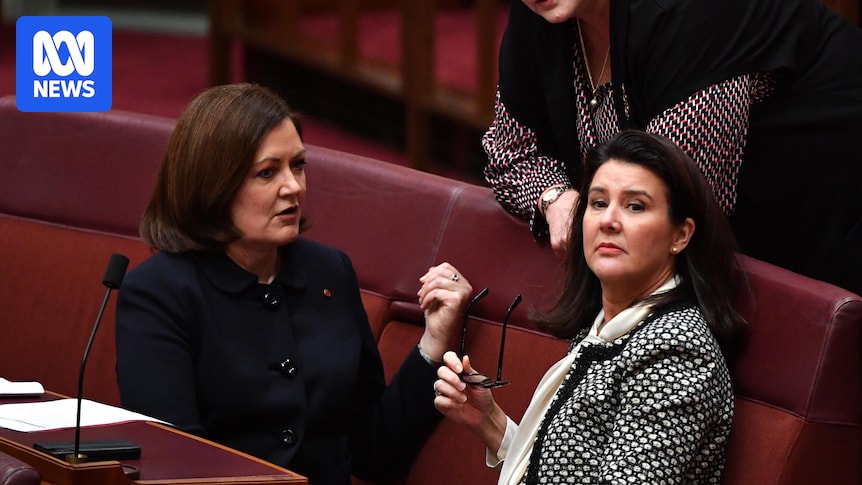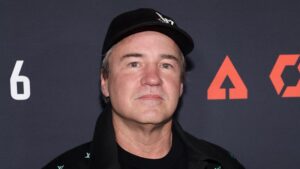
As the leader of the opposition, Sussan Ley is navigating a turbulent period marked by internal dissent and strategic reshuffles. The recent demotion of two prominent former frontbenchers, Sarah Henderson and Jane Hume, has sparked unrest within the Liberal Party. Both women, previously holding significant roles in education and finance, were relegated to the backbench in Ley’s recent reshuffle, leading to a wave of criticism and defiance.
Henderson expressed her disappointment, stating, “A number of high-performing Liberal women have been overlooked or demoted.” Meanwhile, Hume, embracing her newfound freedom, remarked, “There is something very liberating about being on the backbench and being able to speak without having to stick to the party line.” This sentiment has set the stage for a more vocal and independent stance from the former frontbenchers.
Backbenchers Take the Stage
This week, both Henderson and Hume have actively utilized their positions to challenge the party’s direction. Henderson proposed an amendment to cap indexation on student debt legislation, though it gained minimal support. Hume, on the other hand, made her stance clear by voting against a motion repudiating the net zero target, diverging from the official Liberal position of abstention.
Hume’s regular appearances on Sky News Australia further amplify her “liberated” voice, allowing her to critique party policies without restraint. This newfound independence among backbenchers reflects a broader shift within the party, as members increasingly assert their individual perspectives.
Leadership Challenges and Future Prospects
Meanwhile, Andrew Hastie, despite retaining a frontbench position, has also shown signs of dissent. Hastie, who was moved to the home affairs portfolio, has been vocal about his dissatisfaction with the party’s stance on net zero targets. His support for a motion rejecting net zero, passed by the Western Australian Liberal council, underscores his willingness to challenge the party leadership.
Climate Change Minister Chris Bowen seized upon this internal discord, stating in parliament that Hastie is likely to undermine any opposition leader. Bowen suggested that Hastie’s actions in Perth could be a prelude to similar moves in Canberra.
Legacy of Leadership and Internal Dynamics
The legacy of former leader Peter Dutton, who managed to impose a degree of unity within the party, contrasts sharply with the current climate. Dutton’s tenure, while marked by electoral setbacks, was characterized by a suppression of internal debate. This has led to a resurgence of outspoken voices within the party, as members who previously held their tongues now feel emboldened to speak out.
James Paterson, the new finance spokesman, is attempting to mend the party’s relationship with the public service. Historically, the Liberals have had a contentious relationship with public servants, a stance that was particularly pronounced during Scott Morrison’s leadership. Paterson’s recent remarks at an Australian Financial Review summit emphasized the need for a respectful and constructive relationship with the public service.
“It is not lost on me that promising significant cuts to the size of the APS or changing the way public servants work from home was poorly received,” Paterson stated.
The Broader Implications
As the Liberal Party grapples with internal challenges, the broader implications for its future strategy and cohesion remain uncertain. The current unrest highlights the difficulties in maintaining party unity while accommodating diverse viewpoints. Ley’s ability to navigate these challenges will be crucial in shaping the party’s trajectory.
In the context of the working-from-home debate, Blair Comley, secretary of the health department, voiced concerns about the potential impact on learning and development. Comley’s cautious approach reflects the broader sensitivities surrounding this issue, which has previously sparked controversy within the party.
As the political landscape evolves, the Liberal Party faces the task of reconciling internal differences while presenting a united front to the electorate. The coming months will be critical in determining the party’s ability to adapt and respond to these challenges.





